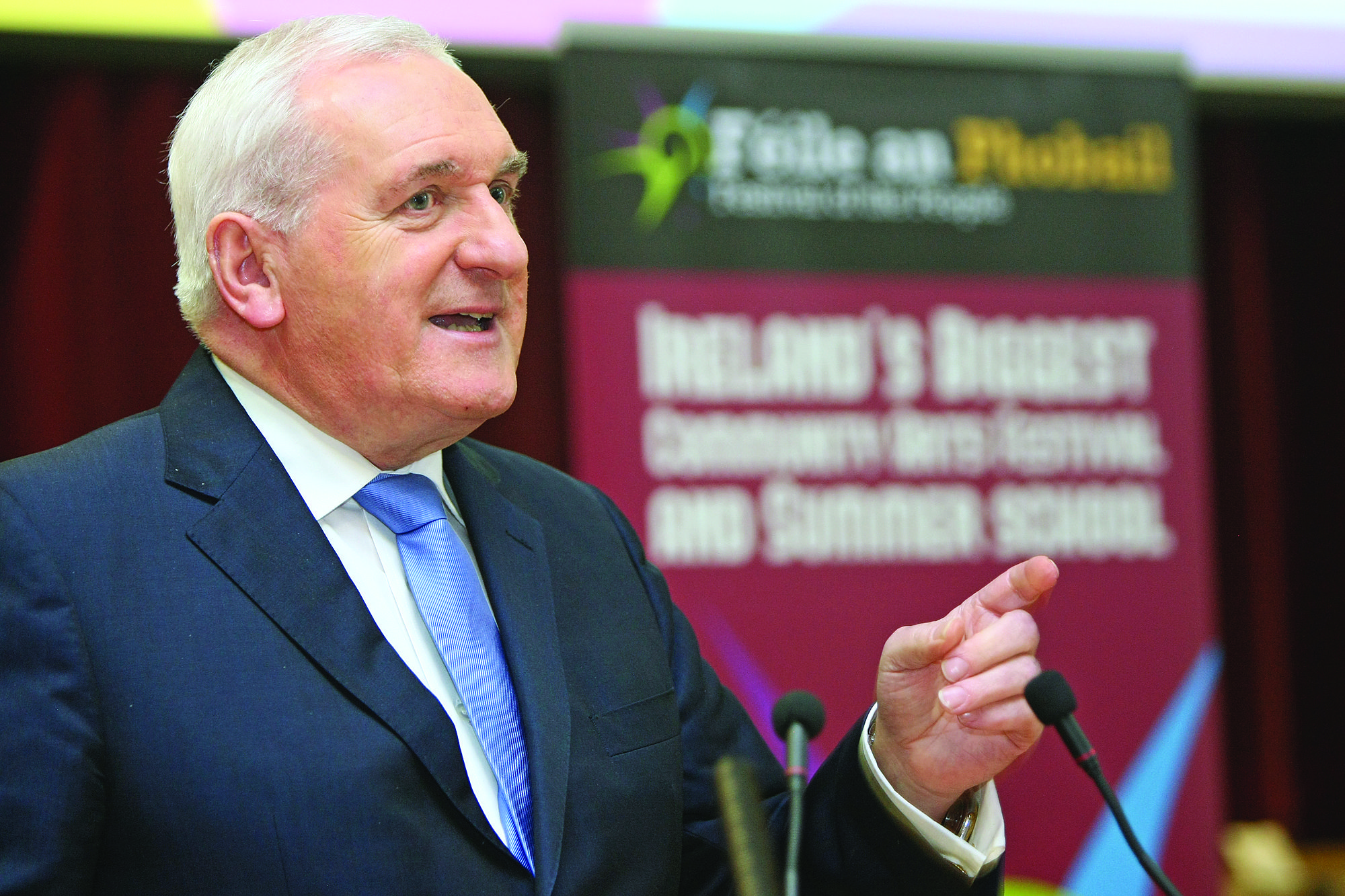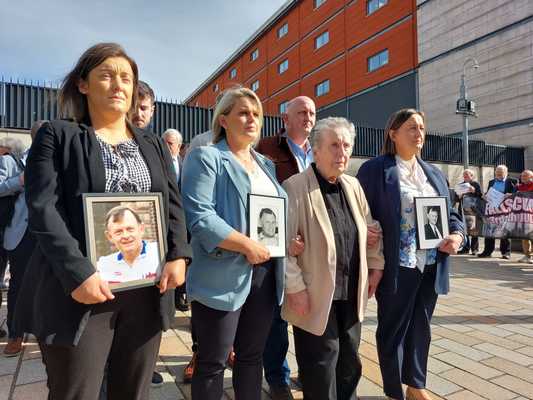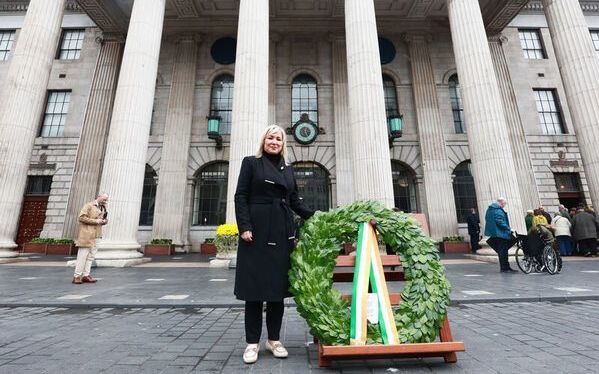RTÉ’s Prime Time devoted three evenings to looking at the Good Friday Agreement. At least that’ s what they said, but they really were looking at the Troubles generally. You could say it was gripping television: certainly the pain and suffering involved was impossible to look away from.
But don’t we know all this already? Don’t we know that killing people leaves behind bewildered, broken lives? Or sometimes heroic people who absorb the pain and convert it into something positive?
With a background of ominous music, we heard about the touch-and-go moments in the lead-up to the Good Friday Agreement. We heard about Bertie Ahern returning to Dublin for his mother’s funeral and then coming straight back to negotiations. We heard John Taylor with his famous wouldn't-touch-it-with-a-forty-foot-pole. On the Thursday night programme, Miriam O’Callaghan stood in front of the Titanic building and promised us a look at “those gravely damaged by the decades of conflict and how they were coping”.
There was a man in a wheelchair, telling us how every day he wakes up in pain. We had Patsy Gillespie’s widow who vowed never to forgive those who’d killed her husband: “I’d offer them a cup of tea or coffee, but the only thing I’d want from them is to explain to me why they thought it was okay to murder Patsy.” Alan McBride lost his wife Sharon in the Shankill bomb.
I’m not surprised people ask why their loved ones had to die. Television delights in parading the pain and death so we can be appalled by man’s inhumanity to man. But what it scrupulously avoids is any exploration of why there was this 25-year eruption of violence.
So enough with Bertie Ahern’s family bereavement during the GFA negotiations. Enough with the patience of Senator George Mitchell as chairman of the talks. Instead, TV people, give us an informed examination of the reasons for the conflict, why each side saw itself as in the right. But whatever else you do, please, please, enough with the heavy implication that all this death and suffering came out of nowhere. It didn’t. And when viewers are helped to see cause and effect, rather than dine on hurt and bitterness, then programmes about the GFA will serve a purpose.
About forty years ago a TV programme called ‘Elephant’ was aired. It had no dialogue, just a series of re-enacted killings, one after the other, assaulting the viewer’s senses with no attempt to explain. Forty years later, we’re not much further on. No wonder Patsy Gillespie’s widow deals with her pain by demanding an explanation for her husband’s killing. If television had offered us analysis and explanation rather than violence, she wouldn’t need to ask.









